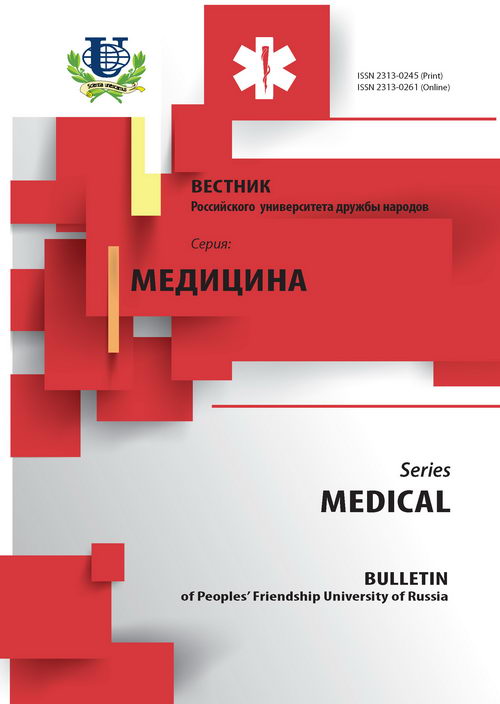Abstract
Medical records and autopsy reports of 839 patients admitted to City Hospital N52 were reviewed. 42 patients died from cardiac free wall rupture. Single-factorial analysis was performed to find out the predictors of upcoming cardiac free wall rupture and multi-factorial analysis was performed to determine independent predictors of free wall rupture. A number of cardiac free wall rupture predictors were identified: 1) long-term chest pain (> 1,5 hours); 2) early appearance of Q-wave and rapid inversion of T-wave during first hours of Q-AMI; 3) ST-elevation > 4 mm in two or more ECG leads; 4) prolongation of QRST-complex; 5) ECG evidence of acute interventricular conduction disturbances; 6) hyperkinesias of intact myocardium in accordance with ejection fraction < 40%; 7) aneurysmatic deformation of left ventricle; 8) wall motion score ≥ 2; 9) apical segments involved in infarct area; 10) time of slowing of early diastolic filling ≤ 150 ms. Independent predictors of cardiac free wall rupture were the following: 1) hyperkinesias of intact myocardium in accordance with ejection fraction < 40%; 2) apical segments involved in infarct area; 3) time of slowing of early diastolic filling ≤ 150 ms; 4) refractory sinus tachycardia; 5) age > 75 years; 6) primary Q-AMI; 7) ST-elevation > 4 mm in two or more ECG leads. Early cardiac free wall rupture due to acute Q-AMI could be predicted with the help of anamnestic, clinical and instrumental data analysis.















